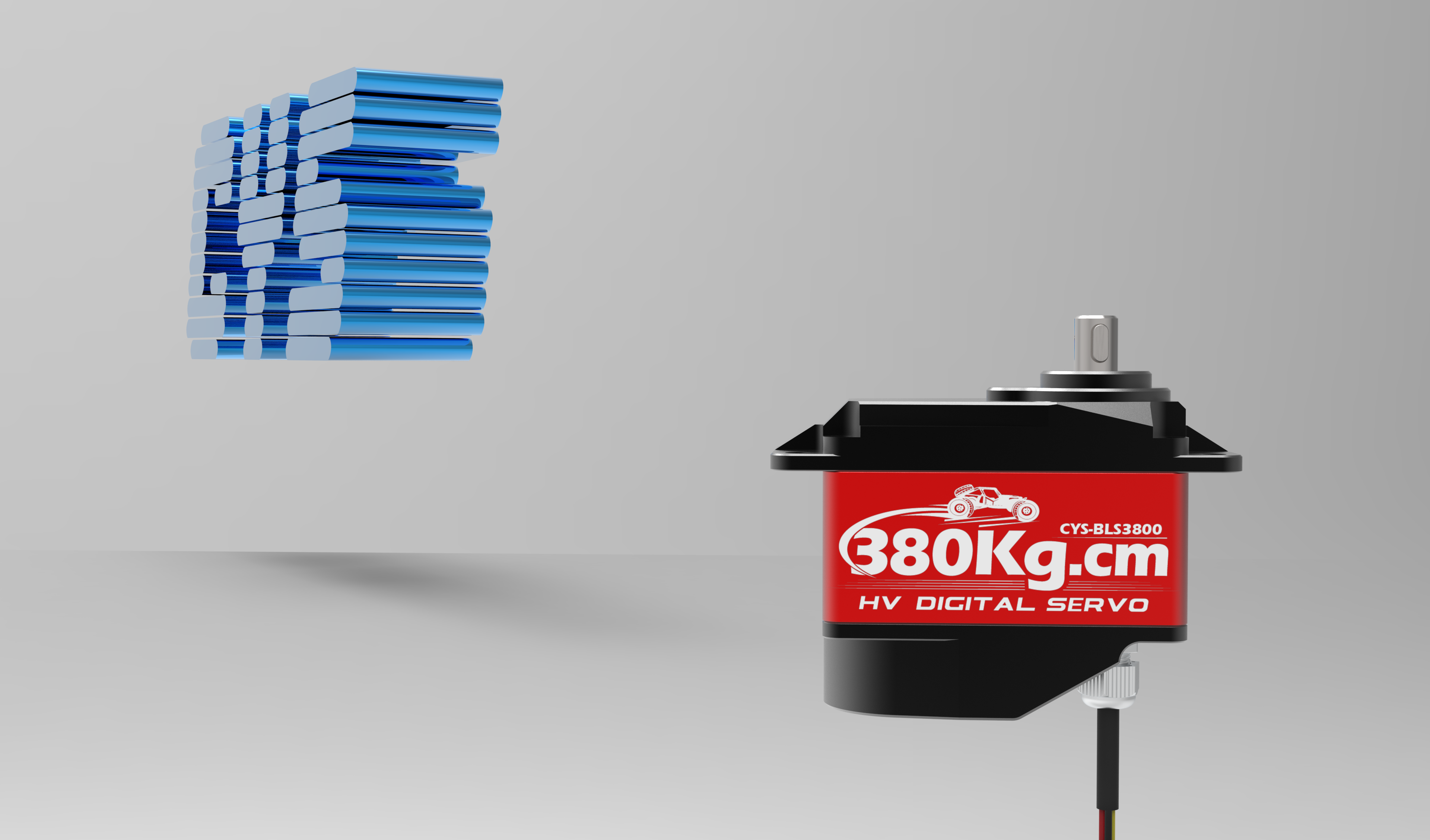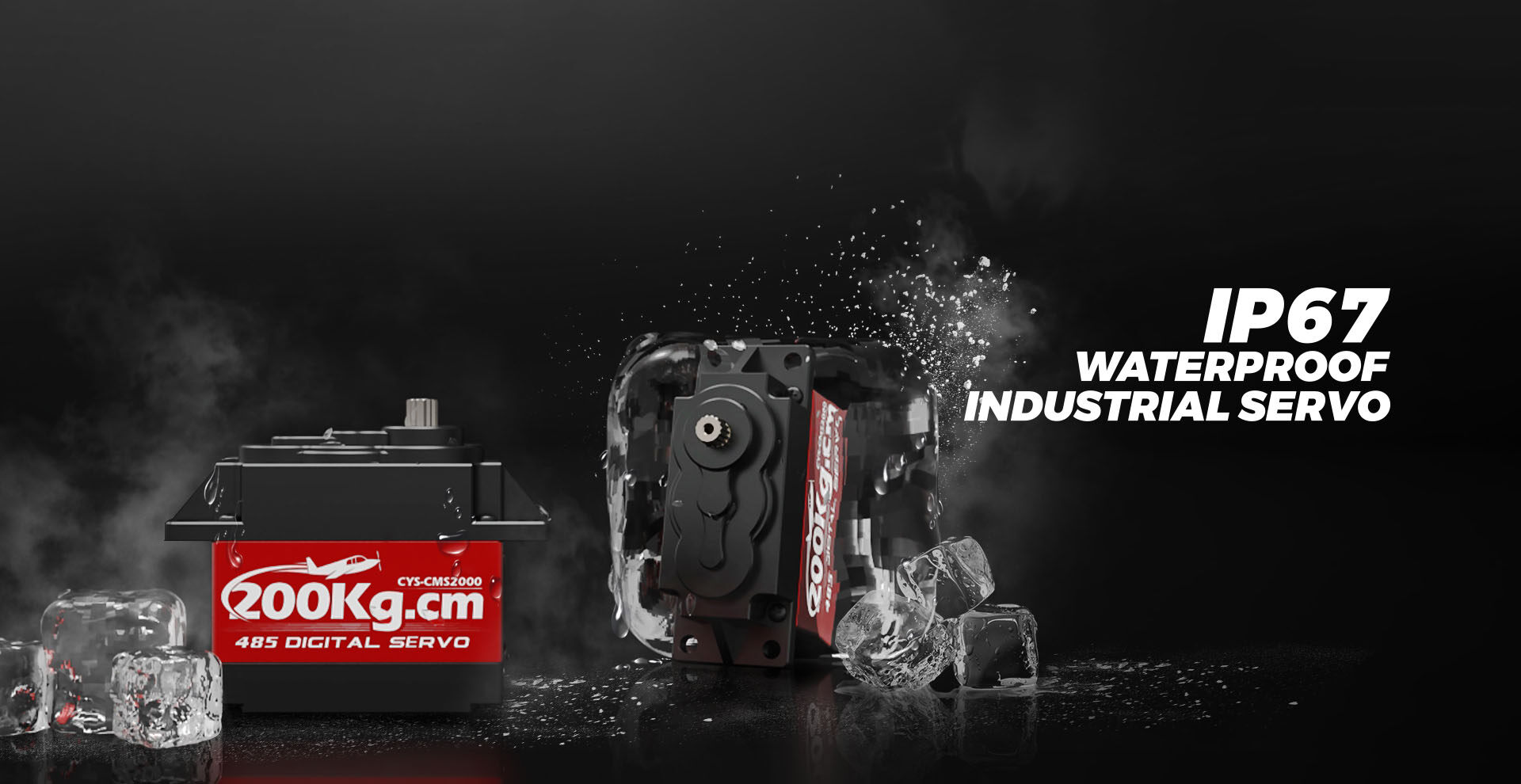Email cannot be empty
Password cannot be empty
Email format error
Email cannot be empty
Email already exists
6-20 characters(letters plus numbers only)
The password is inconsistent
Email format error
Email cannot be empty
Email does not exist
6-20 characters(letters plus numbers only)
The password is inconsistent


How to Choose the Right Servo Motor
How to Choose the Right Servo Motor
When it comes to robotics and automation projects, selecting the appropriate servo motor is crucial for ensuring smooth and efficient operation. With a plethora of options available in the market, choosing the right servo motor can sometimes be a daunting task. This article aims to guide you through the essential factors to consider when selecting a servo motor for your project.
1. Determine the Load Requirements
The first step in choosing a servo motor is to determine the load requirements of your application. Consider the weight and size of the load that the motor will need to move. This will help you determine the torque and force required from the servo motor. Make sure to account for any additional forces such as friction or inertia that may affect the motor's performance.
2. Consider the Precision and Accuracy
Precision and accuracy are essential factors in many applications, especially in robotics and automation. Look for a servo motor that offers high precision and accuracy in its movements. This will ensure that your project operates smoothly and achieves the desired results.
3. Evaluate the Speed and Response Time
The speed and response time of a servo motor are also critical considerations. Depending on your application, you may need a motor that can move quickly or one that can provide a slow and controlled movement. Additionally, consider the motor's response time, as this will affect how quickly it can react to changes in the system.
4. Assess the Reliability and Durability
Reliability and durability are paramount when selecting a servo motor. Choose a motor from a reputable manufacturer that offers a good warranty and has a proven track record of producing high-quality products. Additionally, consider the operating environment of your project, as some motors may be more suitable for harsh conditions than others.
5. Compare Cost and Performance
Finally, it's essential to compare the cost and performance of different servo motors. While it may be tempting to choose the cheapest option available, it's often worth investing in a higher-quality motor that offers better performance and durability. Consider the long-term costs of maintenance and replacement when making your decision.
In conclusion, selecting the right servo motor for your project involves careful consideration of several factors, including load requirements, precision and accuracy, speed and response time, reliability and durability, and cost and performance. By taking the time to evaluate these factors, you can ensure that you choose a motor that meets your project's needs and operates smoothly and efficiently.
Remember, the key to choosing the right servo motor is to understand your project's specific requirements and find a motor that matches those needs. With the right servo motor, you can take your robotics and automation projects to the next level.

